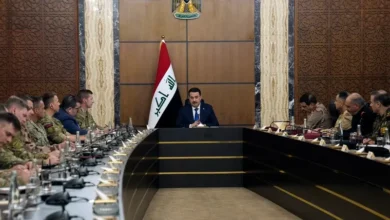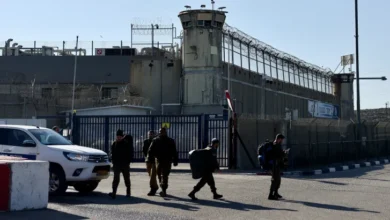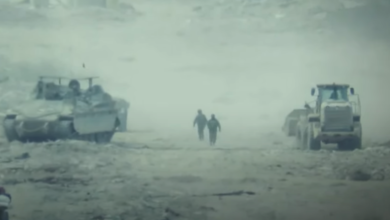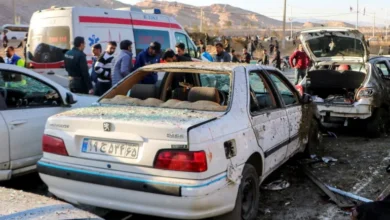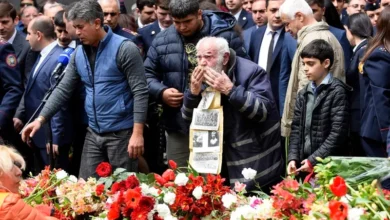Keeping Gaza online: Telecom heroes risk life and limb under Israel’s bombs
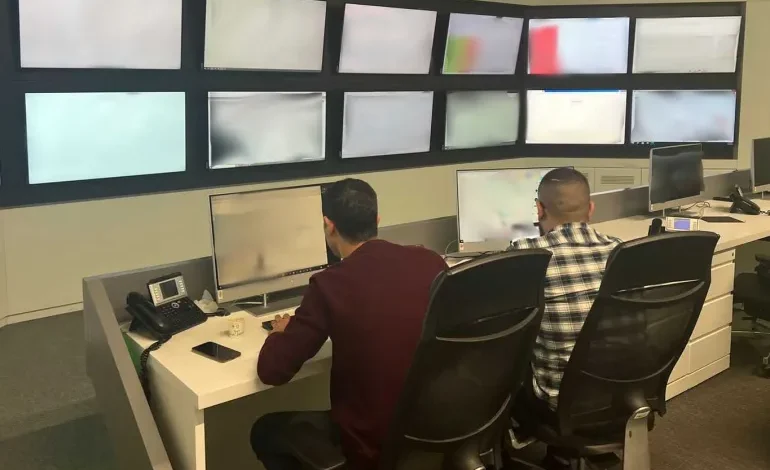
It was a little after 10 pm when Ahmad* was called by the Network Operation Centre at the Palestine Telecommunications Company (PalTel). It was the third week of Israel’s assault on Gaza and the main data centre in the Sheikh Radwan district of Gaza City had lost power, threatening to shut off all communications in the area.
To check on the centre, the PalTel electrician would have to make his way across the city during intense Israeli aerial bombardment, putting his life in danger. But he did not hesitate. He flagged down a passing ambulance, hoping it would provide him with a degree of safety from Israeli attacks.
“I told the driver that if I could not restore the generator, people like him wouldn’t be able to reach injured civilians. We are no better nor less important than medical staff – a phone call can save lives,” Ahmad said.
Once at the centre, Ahmad set to work. By 2am, he had repaired the generator, allowing the telecommunications network to keep operating. He decided to stay in the building until dawn, slipping out around the freshly fallen debris to go home during a lull in Israeli bombing.
“Thank God my family was OK and I lived to see another day. This is my work and my life. … I do this every day,” he said.
Ahmad’s tale has become almost routine among the 750 PalTel staff in Gaza who, despite living through bombing, displacement and death, risk life and limb to keep the telecoms network running.
The cost of keeping Gaza connected has been high. At least five PalTel staff members in Gaza have been killed in Israeli attacks while many other staff members have lost family members, including wives and children.
Samir*, one of the staff members killed, had spent 10 hours shuttling fuel between data towers before returning home. Just 15 minutes later, Samir and his brother were killed in an Israeli air raid on their building.
Humanitarian workers and journalists have said the operation of communication networks in Gaza is essential for rescue services and for documenting the reality of conditions on the ground to the outside world.
More than 13,000 Palestinians have been killed by Israeli attacks on Gaza since October 7. Videos of desperate family members and civil defence scrabbling through the rubble of bombed-out buildings to rescue civilians trapped underneath have inspired shock and horror the world over.
Preparing for war
On the first day of its offensive on Gaza on October 7, Israel cut electricity to the territory. Despite the lack of power and the constant bombing, Gaza’s telecoms network stayed operational for almost six weeks.
The CEO of PalTel said this is because the company has been preparing for war for “over 15 years”, embedding emergency contingencies in its Gaza infrastructure at every step.
PalTel’s Gaza network was built during Israel’s siege of the enclave, which requires that each piece of equipment be approved by Israeli authorities before entering Gaza, making repairs difficult.
Recurrent wars on Gaza and frequent bombing campaigns by Israel have damaged civilian infrastructure, so to brace itself for a sustained conflict like the current one, the telecoms network is built like no other.
While most telecom networks bury their cables 60cm (about 2ft) underground, PalTel buries its cables up to 8 metres (26ft) deep. In case the Israelis cut off electricity, its data centres in Gaza also have three layers of redundancy: generators, solar panels and batteries.
The company has also developed emergency protocols to direct workers remotely from the occupied West Bank, and if severed communications make this impossible, Gazan staff are empowered to act autonomously.

